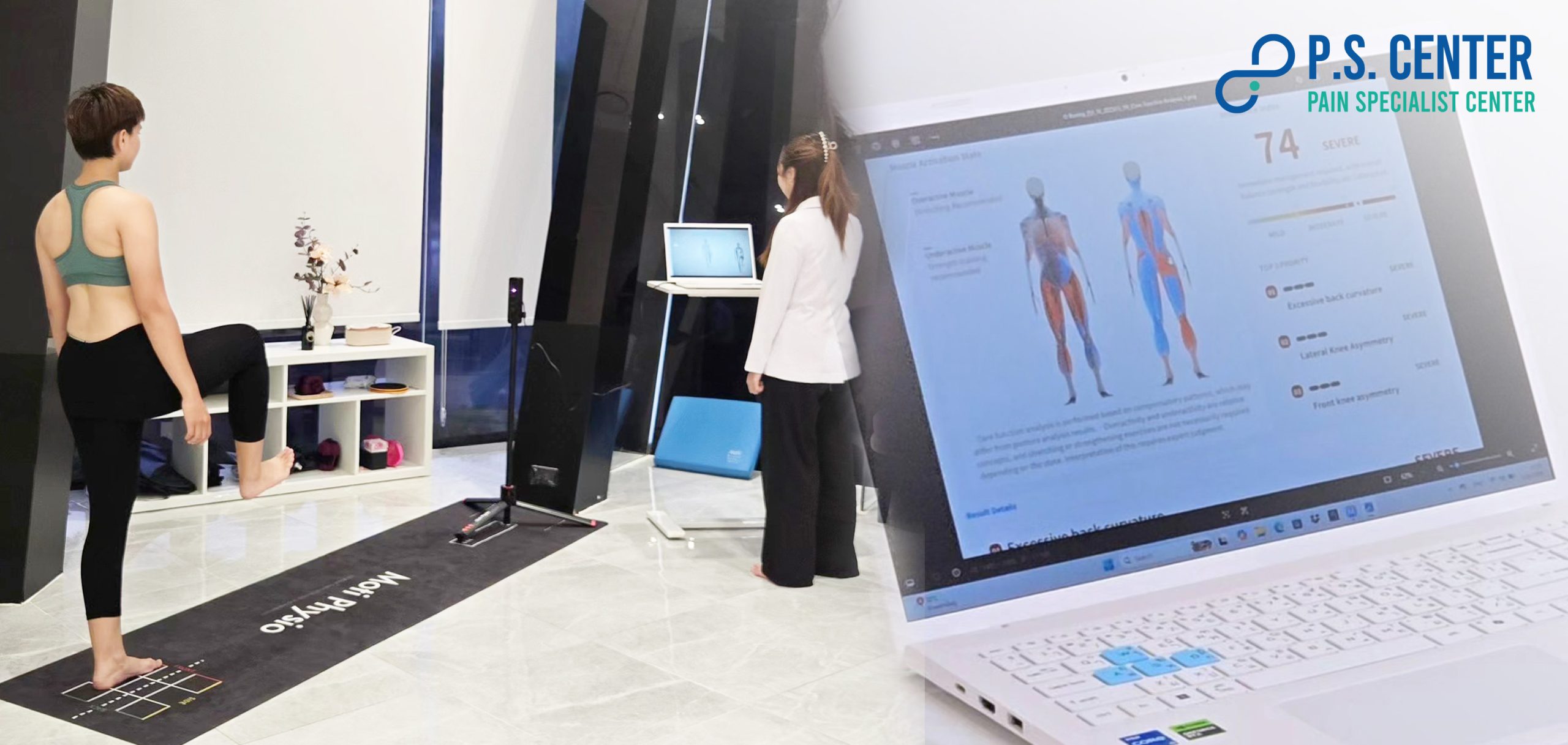Pain can often be a sign of an underlying health issue that should not be ignored. If left untreated, it may develop into chronic pain that disrupts daily life. One of the most effective and widely used treatment methods is steroid injection (pain relief injection), which helps reduce inflammation and relieve pain directly at the source—quickly and safely.
Let’s explore what steroid injections are, how they work, who they are suitable for, and the benefits they offer.
What is a Steroid Injection?
A pain relief injection (steroid injection) is a highly effective anti-inflammatory treatment. When injected directly into the painful or inflamed area—such as the knee, shoulder, spine, or near the nerves—it reduces swelling, decreases inflammation, and alleviates pain right at the target site.
Unlike oral medication that spreads throughout the body, injections act locally, leading to more precise and faster relief.
How Do Steroid Injections Work?
Steroid injections (such as corticosteroids) act directly at the site of inflammation or pain. This localized approach makes treatment more effective and provides quicker results.
- Reduces localized inflammation
The medication works precisely where it is injected—joints, tendons, or around nerves—helping inflammation subside effectively. - Relieves pain
As inflammation decreases, pain is reduced, improving comfort and quality of life. - Supports rehabilitation
With less pain, patients can move more freely and participate in physical therapy, leading to faster recovery.
Benefits of Steroid Injections
- Minimally invasive procedure
The injection takes only a few minutes, and patients can return home the same day. - Non-surgical, minimal downtime
Most patients can resume daily activities soon after treatment. - Long-lasting pain relief
Pain relief may last 3 months or more, depending on the individual. - Reduces reliance on pain medication
Less need for long-term use of oral painkillers, which may cause side effects on the stomach, liver, or kidneys. - Cost-effective option
Compared with advanced procedures like Radiofrequency Ablation (RFA), steroid injections provide effective results at a more affordable cost.
Common Injection Sites
- Joints (Joint Injection): knee, shoulder, hip, elbow, wrist
- Spine: Nerve root block, epidural steroid injection, facet joint injection
- Tendons & ligaments: e.g., shoulder tendonitis, plantar fasciitis
- Bursa (Bursa Injection): inflamed bursae in the shoulder or hip
Who is Steroid Injection Suitable For?
- Patients with osteoarthritis or inflammatory joint pain
For example, those with knee, shoulder, or hip arthritis causing stiffness and pain during movement. - Patients with herniated discs or chronic back pain
Symptoms such as radiating pain from the lower back to the legs, numbness, or weakness due to nerve compression. - Patients with tendon or ligament inflammation
Such as shoulder tendonitis or plantar fasciitis (heel pain, especially in the morning). - Patients unresponsive to medication or physiotherapy
When oral anti-inflammatories or rehabilitation alone are insufficient. - Patients not ready or not suitable for surgery
For example, older adults or those with less severe conditions.
Results After Steroid Injection
- Pain relief usually begins within 2–7 days
- Effects last weeks to several months
- Improved mobility and daily function
- Enhanced effectiveness of physiotherapy programs
Post-Injection Care
- Rest the treated area for 24–48 hours
- Apply cold compress if swelling or soreness occurs
- Avoid heavy activities in the first few days
- Follow all physician’s instructions carefully
- Return to the doctor immediately if you experience unusual symptoms (increased pain, swelling, redness, or fever)
Conclusion
Steroid injections are an effective treatment option to reduce pain and inflammation at the source. They are suitable for patients with joint pain, chronic back pain, or tendon problems that do not improve with standard treatments.
However, injections should always be performed under the care of a pain specialist or physician. For long-term results, they are best combined with rehabilitation programs such as physiotherapy, to restore strength, flexibility, and overall quality of life.





